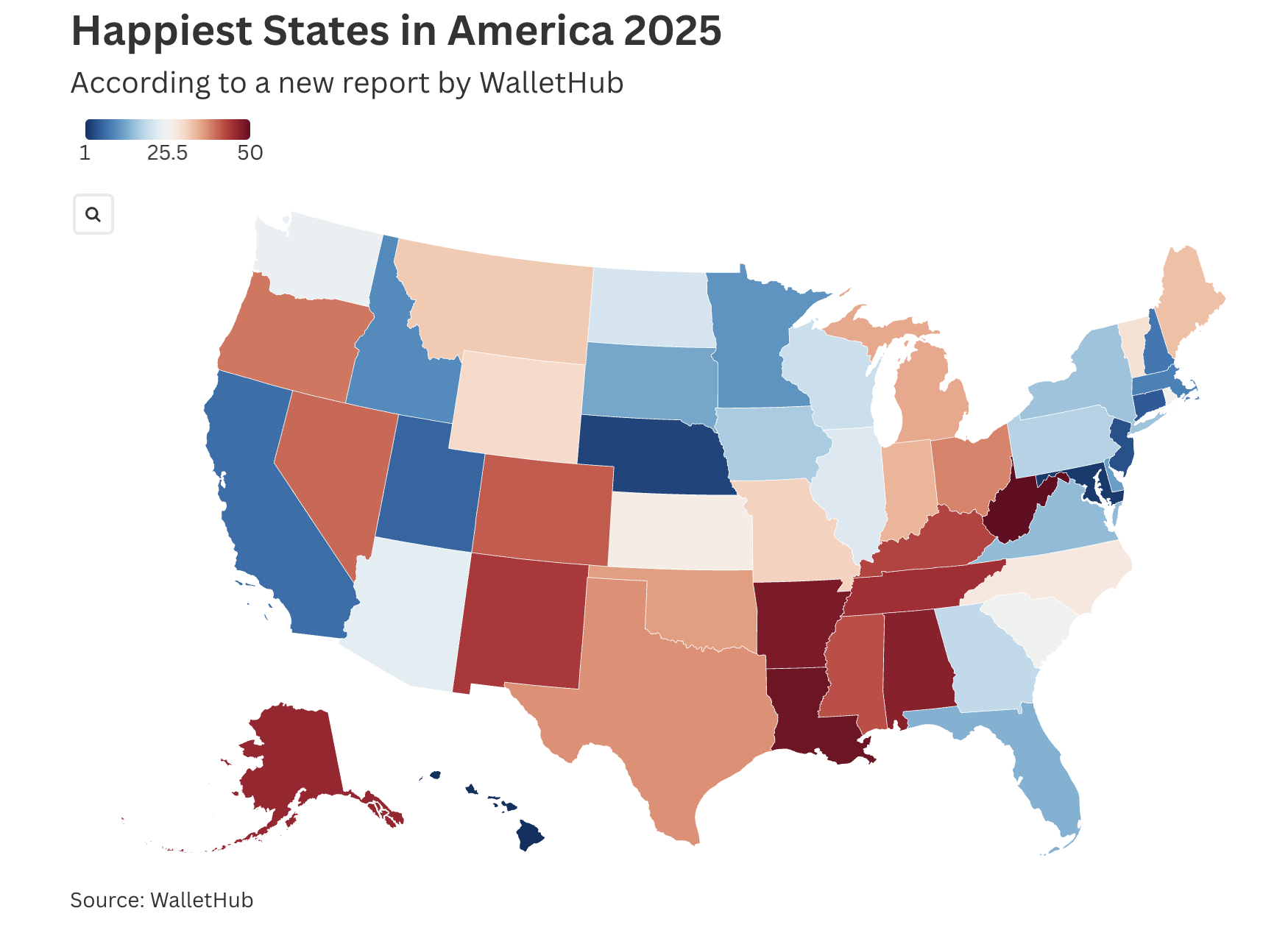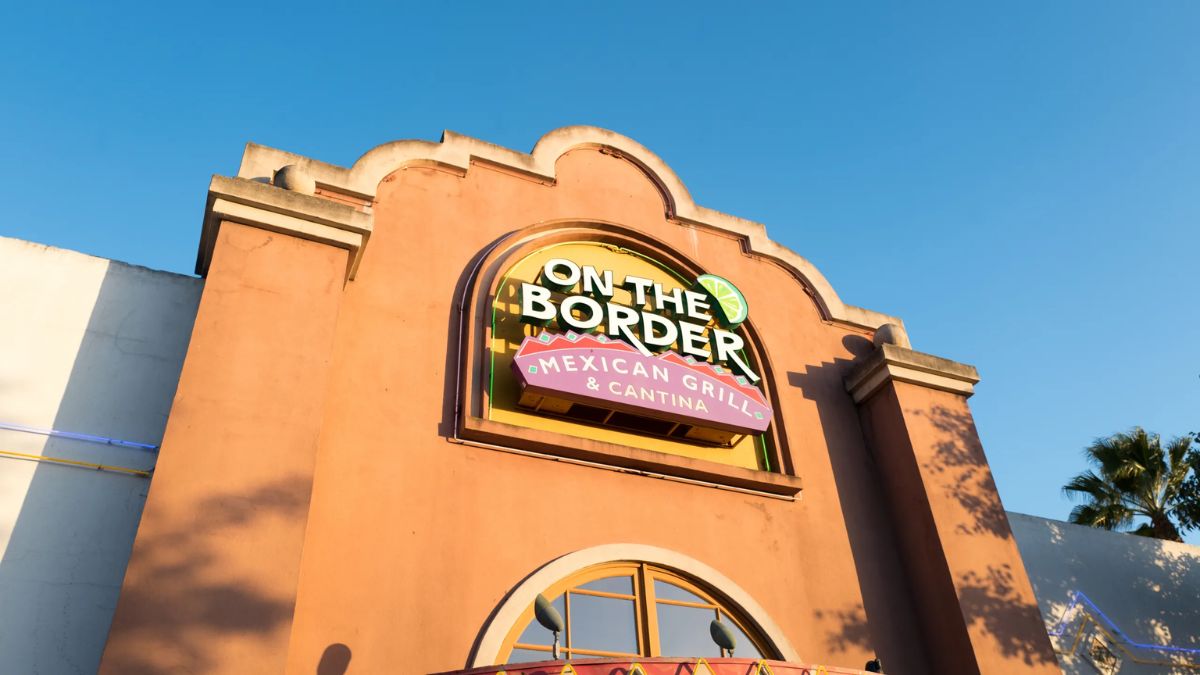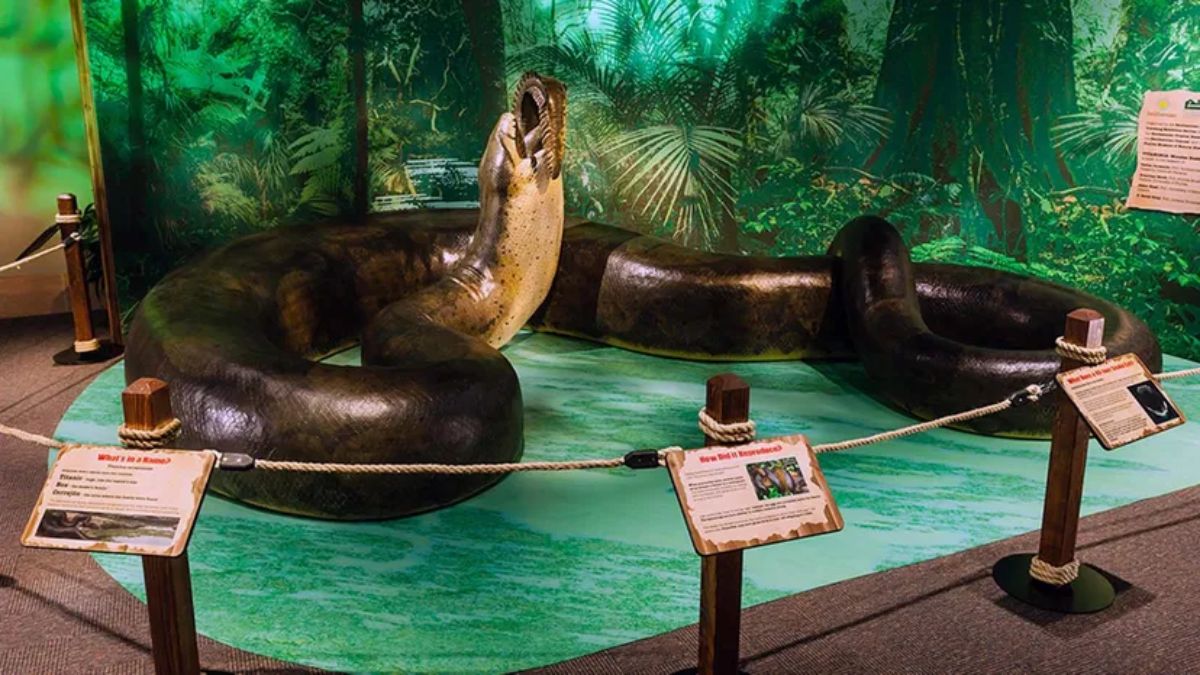What if happiness could be plotted on a map? Well, researchers have done just that, and the results show some clear geographic winners. A fresh October 2025 study reveals which U.S. states are reporting the highest levels of happiness, and the findings may surprise you. From wide-open mountain states to tightly knit Midwestern communities, happiness in America has distinct zip codes.
Table of Contents
The Study Behind the Map
The new “Happiest States in America” ranking pulls together multiple datasets: self-reported life satisfaction surveys, economic indicators, community health data, and even average sleep quality. Think of it as a blended index of how people feel and how they live.
Researchers examined:
- Emotional & Physical Well-Being (stress levels, daily mood, health outcomes)
- Work Environment (employment stability, job satisfaction, commute times)
- Community & Environment (social connections, safety, outdoor access, local trust levels)
The Happiest States in America (2025 Edition)
Here’s how the top 10 shook out this year:
| Rank | State | What Drives Happiness Here |
|---|---|---|
| 1 | Hawaii | Sunshine, strong community, outdoor lifestyle, low stress |
| 2 | Utah | Active culture, strong family ties, high volunteerism |
| 3 | Minnesota | Tight-knit communities, work-life balance, access to nature |
| 4 | Vermont | Safety, health, environmental quality |
| 5 | Colorado | Outdoor recreation, economic growth, wellness culture |
| 6 | Massachusetts | Education, healthcare access, civic engagement |
| 7 | North Dakota | Strong employment, low crime, community bonds |
| 8 | Washington | Nature access, progressive work policies, tech-driven economy |
| 9 | California | Climate, diversity, opportunities despite cost pressures |
| 10 | Connecticut | Wealth, healthcare, suburban stability |
Notice the trend? States that rank high tend to offer nature access, strong communities, and healthier work-life balance.
Where Happiness Struggles
On the flip side, the states consistently reporting the lowest happiness scores include Louisiana, Mississippi, West Virginia, and Arkansas. Factors like economic hardship, higher stress levels, and limited healthcare access tend to drag down well-being in these regions.
Why Geography Matters for Well-Being
This isn’t just trivia. Studies from the Centers for Disease Control and Prevention (CDC) and the National Institutes of Health (NIH) confirm that environment—green space, social networks, and job stability—plays a measurable role in mental health and happiness (CDC, NIH).
For instance:
- States with shorter commutes and stronger community engagement report lower stress.
- Access to parks and trails is directly tied to better mental health scores.
- Places with lower crime and more trust in neighbors tend to rank happier overall.
What This Means for Americans
Happiness isn’t just about income. It’s about where you live, how connected you feel, and the balance between work and life. While Hawaii keeps topping the charts, Midwestern and mountain states prove that affordable living plus tight communities can sometimes beat out beaches.
For policymakers, these rankings highlight the link between public health, infrastructure, and social cohesion. For individuals, they serve as a reminder: your zip code shapes your outlook more than you think.
The “happiest states” map doesn’t just show where smiles are widest—it reflects deeper social, economic, and cultural patterns across America. Whether it’s Hawaii’s aloha spirit, Utah’s community ties, or Minnesota’s neighborly warmth, happiness has geography. And while some states struggle, the data shows clear pathways—better healthcare, greener spaces, stronger communities—to spread happiness nationwide.

















